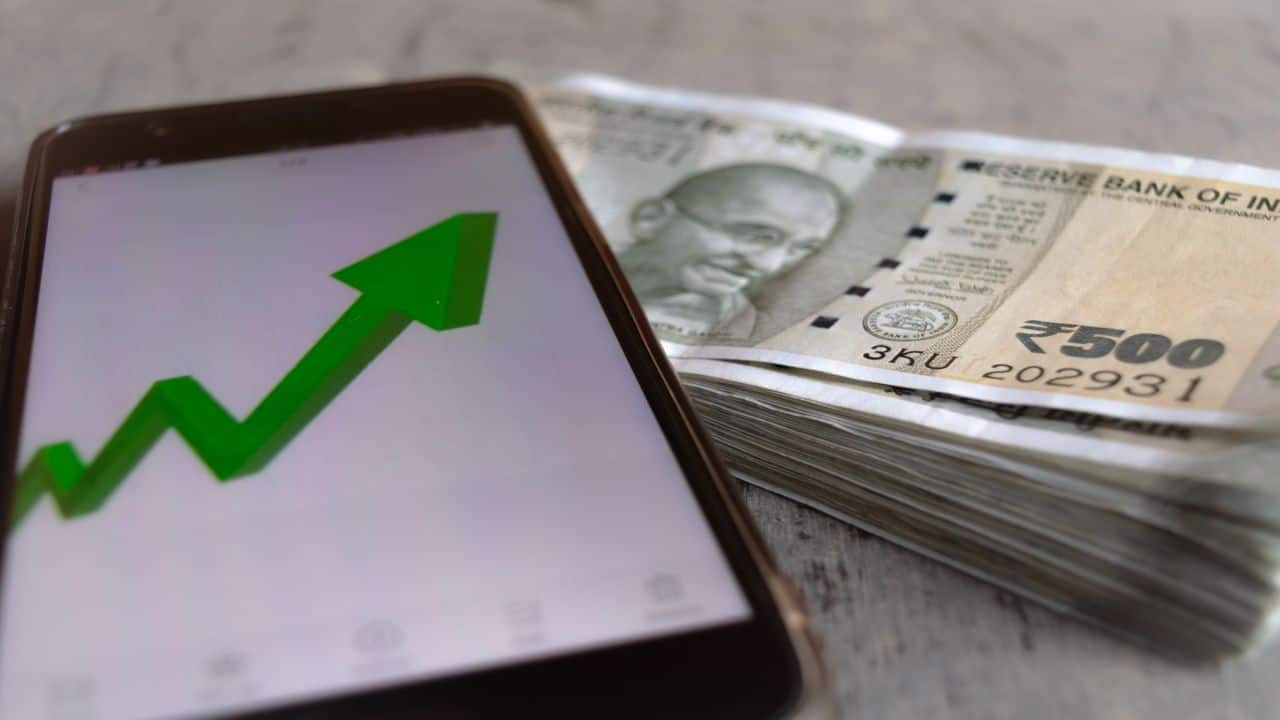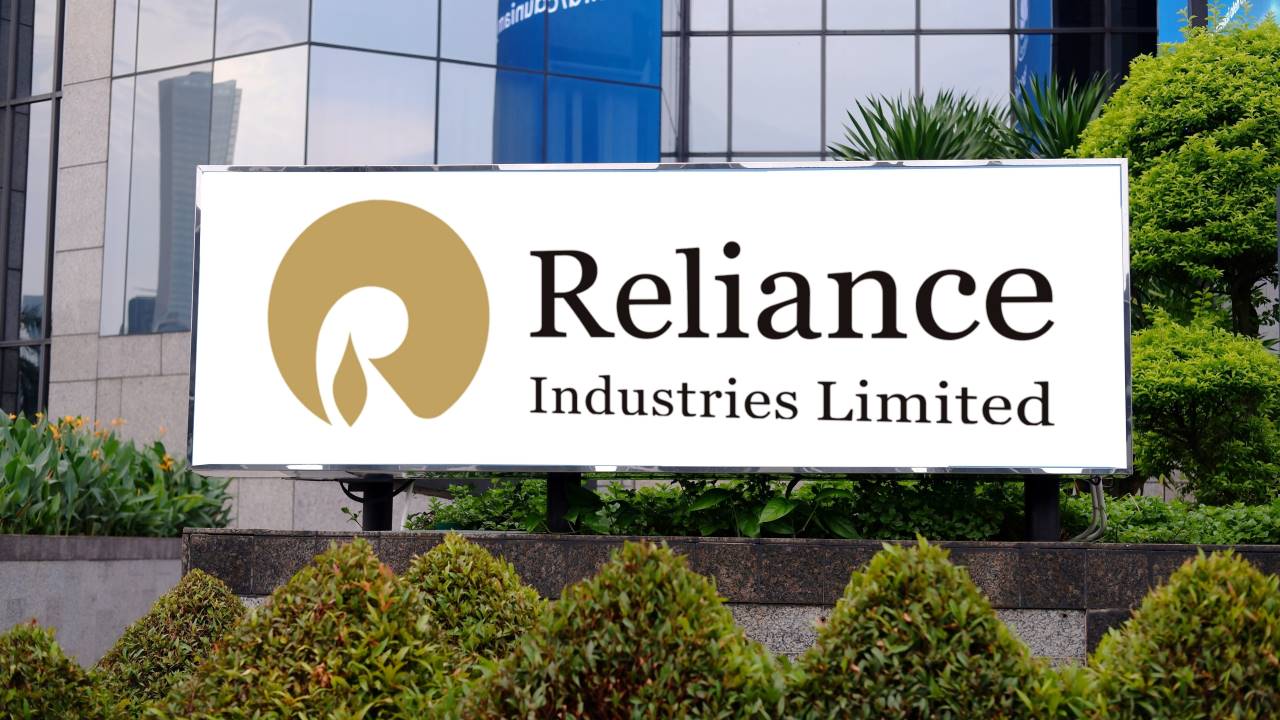HomeMarket NewsGold prices may stabilise near $4,000 an ounce, says HSBC strategist
Herald Van Der Linde, Head of Asia Equity Strategy, HSBC said central banks, not retail buyers, are driving the gold rally, while fund flows shift from Korea and Taiwan to India.

Gold prices could eventually stabilise around $4,000 an ounce as the current rally is being fuelled more by central banks than by retail investors, according to Herald van der Linde, Head of Asia Equity Strategy at HSBC.
Retail buying, he said, is already showing signs of slowing. For instance, in China, the Shanghai price for gold is below the global price.
“Central banks are trying to diversify their assets. They have a lot of exposure to the US dollar, but they want to put their money into other parts of the basket,” he explained. “They move billions to hundreds of billions of dollars, and one of the places they can go to is gold. Supply is limited, so prices rise up very quickly.”
Gold prices hit a record $4,162 per ounce on October 14. In India, 24-karat gold prices soared to record ₹1.28 lakh per 10 grams. Year-to-date, gold prices have risen nearly 58%, breaking the $4,100 an ounce threshold for the first time.
Overall fund flows, he believes, are shifting from Korea and Taiwan to India. Investors who were heavily exposed to the artificial intelligence (AI) boom in North Asia are now seeking new opportunities. “The story they haven’t really bought into yet is India,” he said, suggesting that the AI trade may have peaked for now, and India could benefit as investors rebalance.
Van der Linde also emphasised that both India and China can perform well simultaneously. China’s current rally, he explained, is being driven mainly by local investors reallocating savings from low-yield deposits into property, crypto, and stocks — not by foreign inflows. “It’s not that Chinese investors don’t want to be in India; they simply don’t have that exposure,” he said, indicating that China’s domestic optimism doesn’t have to come at India’s expense.

According to van der Linde, India’s equity valuations are now more reasonable after a period of underperformance, and the country’s macro environment looks supportive. He pointed out that “valuation concerns have eased and earnings expectations have normalised,” while fiscal and monetary policies remain “supportive to equities.”
Also Read: Devina Mehra shares 8 investing lessons: Why FOMO, gold mania, and IPO frenzy can hurt returns
On the global front, van der Linde described the US economy as sending “somewhat conflicting” signals — with solid hard data but weakening survey-based indicators. This uncertainty, he warned, could sustain market volatility. “Consensus is that rates will go down, but not as quickly as the market anticipates,” he said, adding that investors should brace for short-term fluctuations even as long-term fundamentals stay intact.
Also Read: Tariff risks weigh on US growth, but India remains a high-conviction market: HSBC’s Xavier Baraton
For the entire interview, watch the accompanying video
First Published:
Oct 15, 2025 10:15 AM
IST

 4 days ago
4 days ago












